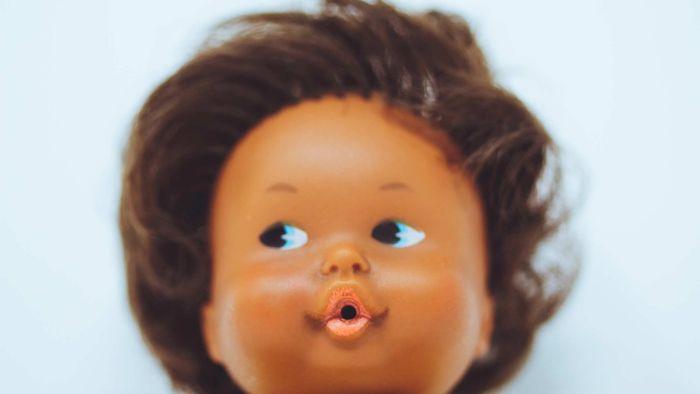Oct. 11, 2006 -- A new short film by a New York City high school student asks how far our society has come in its attitude toward race since the 1940s.
In her film, "A Girl Like Me," Kiri Davis recreates a famous 1940s experiment conducted by Dr. Kenneth Clark that studied the psychological effects of segregation on black children.
In Clark's test, children were given a black doll and a white doll, and then asked which one they thought was better.
Overwhelmingly, they chose the white doll.
Davis asked 4- and 5-year-old kids at a Harlem school the same question in 2005. She found the children's answers were not that different.
In Davis' test, 15 of the 21 children said that the white doll was good and pretty, and that the black doll bad.
Clark concluded that "prejudice, discrimination and segregation" caused black children to develop a sense of inferiority and self-hatred.

The experiment also influenced the Brown vs. Board of Education decision, which outlawed school segregation.
Davis, who was 16 years old when she made the film, said the results of her experiment surprised and frustrated her.
"So many things have changed, yet so many things haven't," she said on "Good Morning America."
"In terms of children as young as 5 and 4 still being able to tell what America values and what it doesn't, it still happens."
Kids Internalize Stereotypes at Young Age
In the powerful film, Davis asks a little girl, "Can you show me the doll that looks bad?"
The girl immediately chooses the black doll.
"Why does that look bad?" Davis asks.
"Because it's black," the girl responds.
Davis said that the children in the study did not hesitate when asked to choose the "good" or "bad" doll.
"It was just, boom, which is the good doll. They said because the white one is the good one, the black one is the bad one," she said. "They internalize these stereotypes that are out there."
But the same little girl seemed to hesitate when she was asked to select the doll that looked like her.
She seemed to want to choose the white doll, and then reluctantly picked the black one.
"It just shows … what they think society values," Davis said. "People don't realize at such a young age these children really get it."
Davis said that the children's parents were also shocked when they saw the film.
"Many didn't want to believe that's what's still going on," she said.
Davis conducted her experiment at a Harlem day-care center, and the film has become part of the curriculum there.
The young filmmaker says she hopes her project opens some eyes.
"The doll test I decided on because I thought, you can tell people these standards all you want, but until you figure out a way to really show people and how it's affecting black self-image and your self-esteem, that's when I think people really begin to get it and how it affects youth in general," Davis said.




